+ inspiration and influences
people often want to know things like what are you thinking about when you start a painting? what is your source material? where does the work come from? what are you listening to when you create this stuff? (everything from mozart to ton loc...)
for me anyway, it’s a number of different things that seem to operate independently of whatever it is i think i think. the biggest notion, or spark, or anchor, whatever you want to call it, goes back to my earliest childhood memories and experiences of the landscape out on the eastern end of long island.
(long island landscape moments)

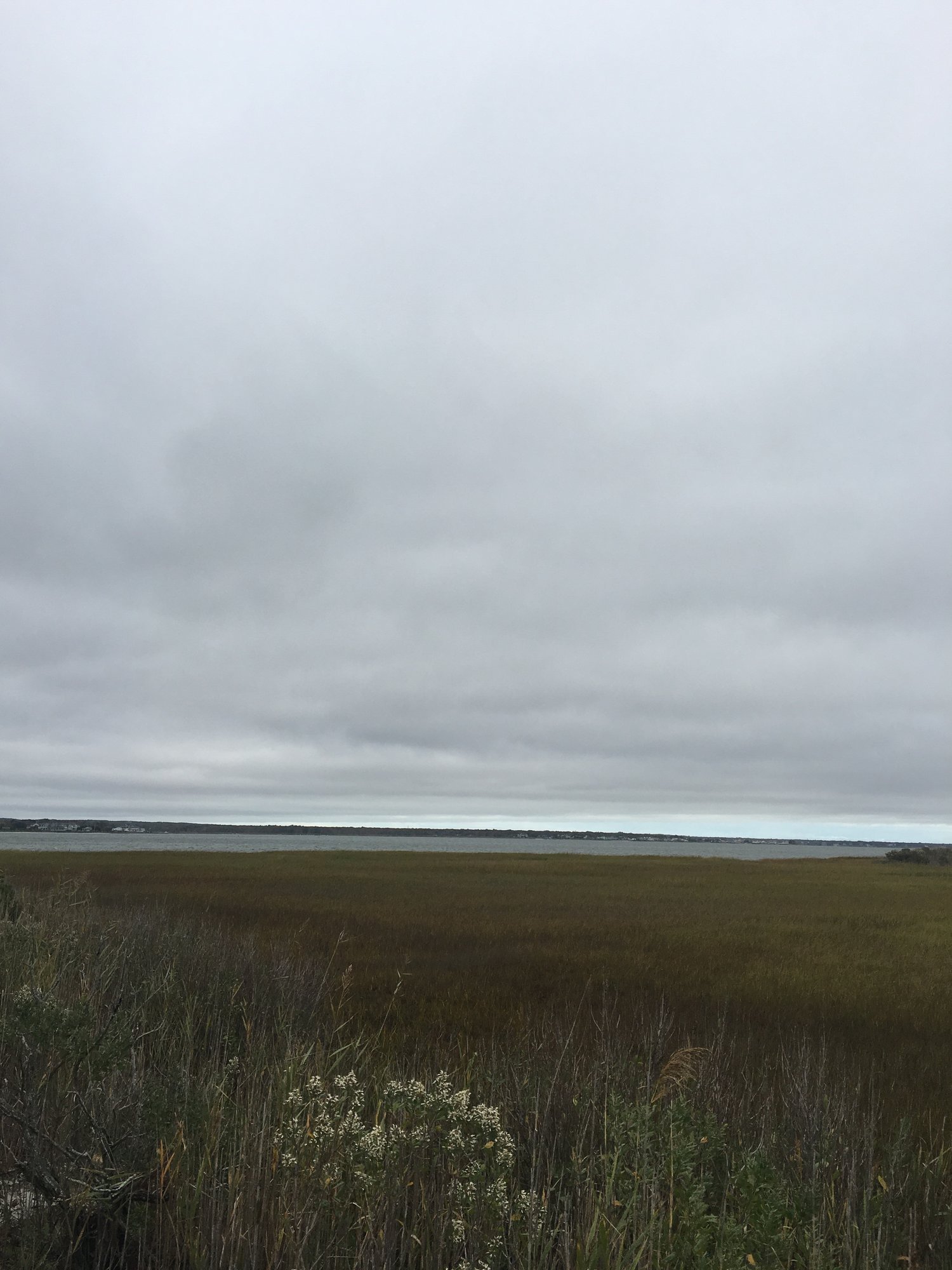


vast sandy beaches. driftwood. sea shells. seaweed. the ocean. the wind. dune grass. flat, flat, flat potato fields with distant barns and houses. black asphalt roads awash in sand. scrubby, dense forests hung with thick, creeping ivy. indian names like accabonac, apoquogue and shinnecock.
(art is everywhere at the beach)

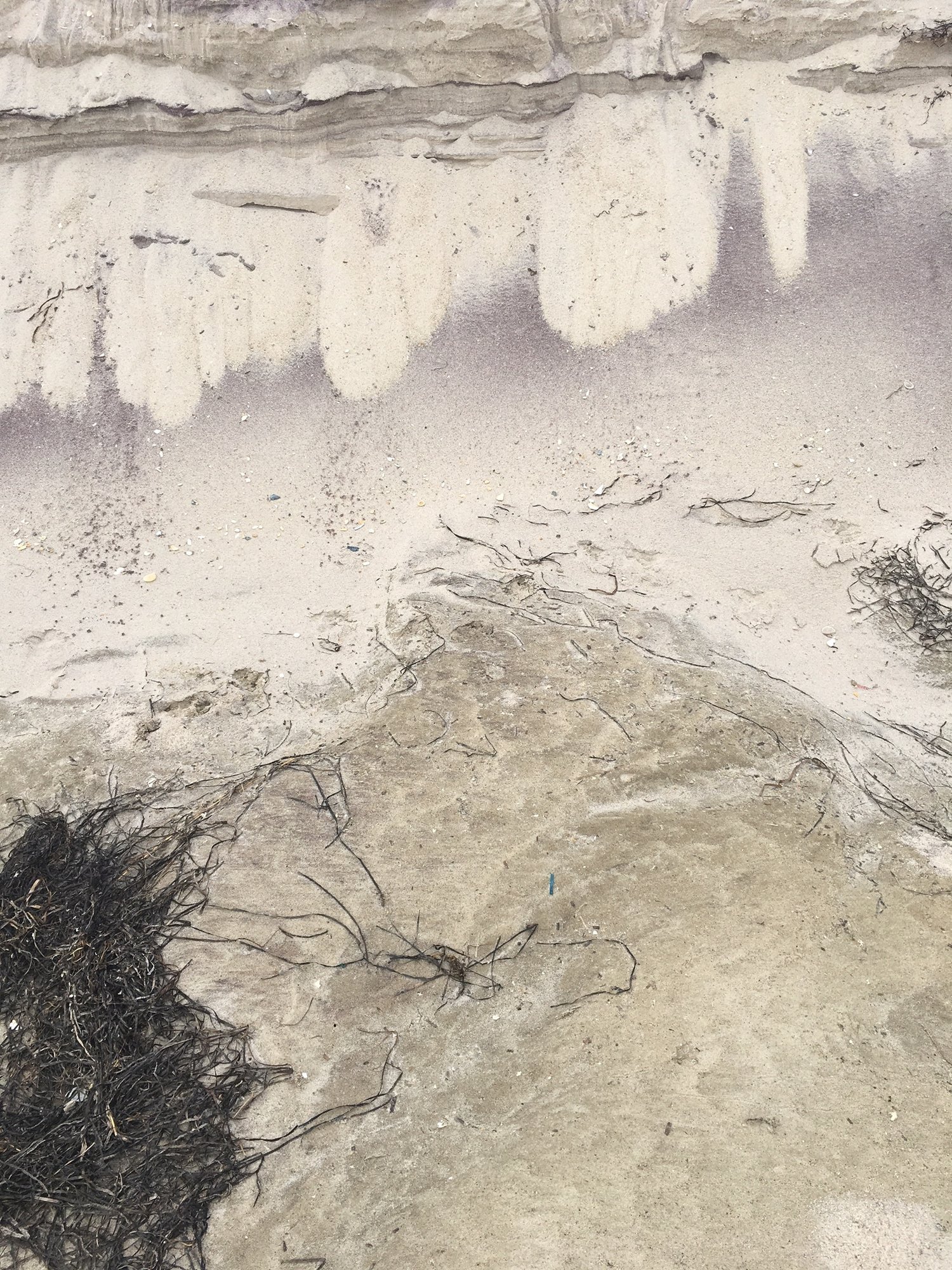
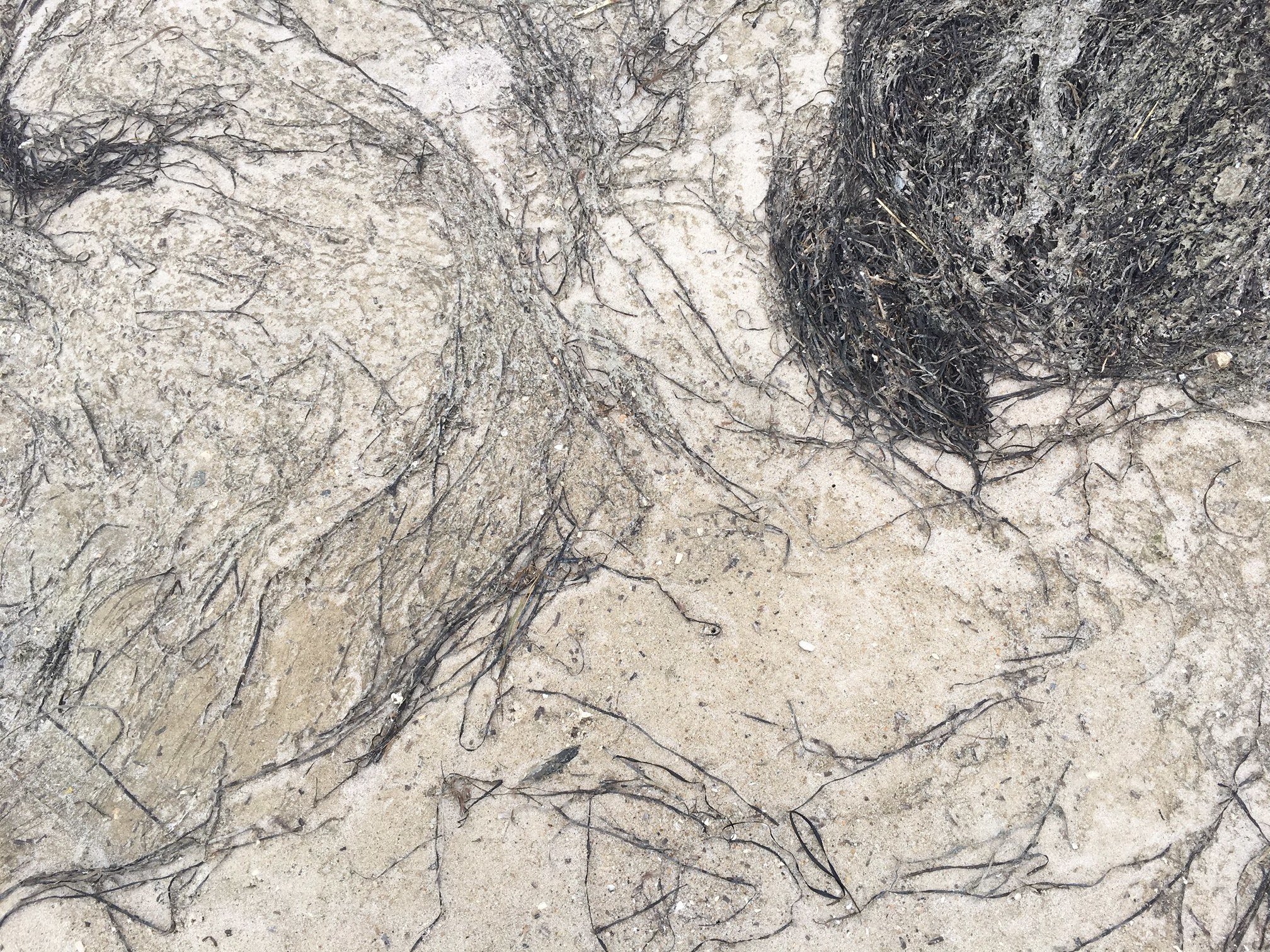
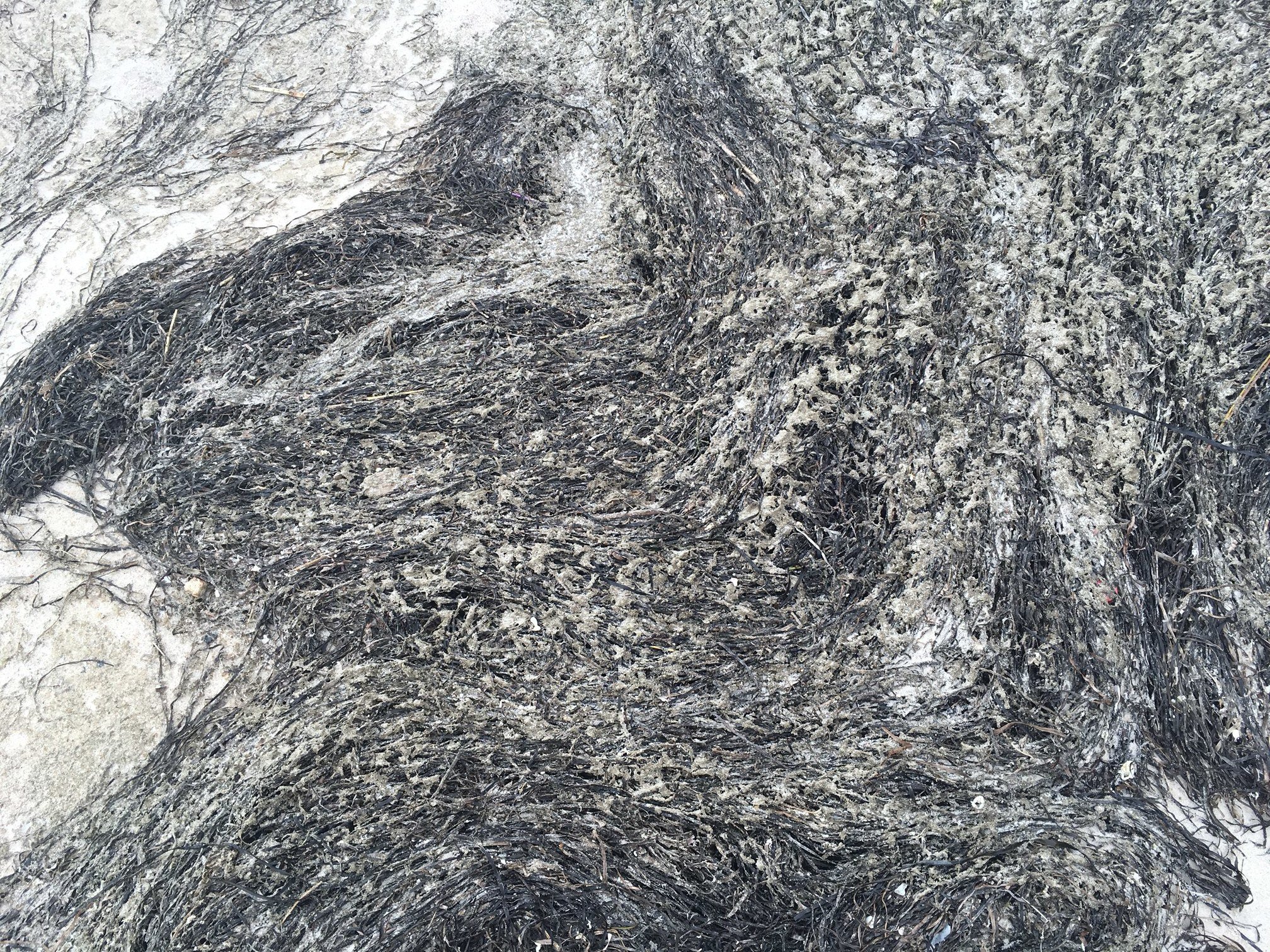
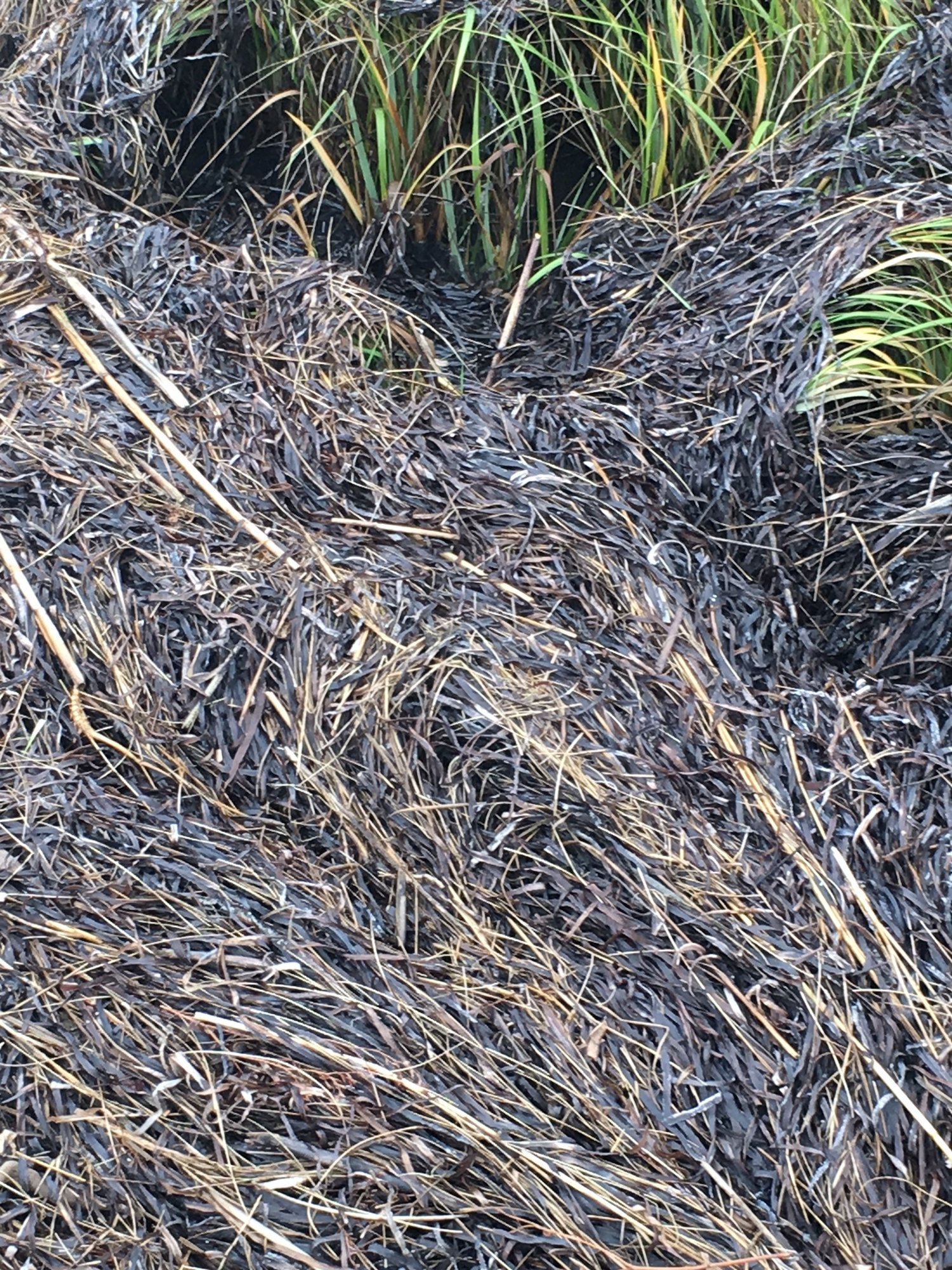
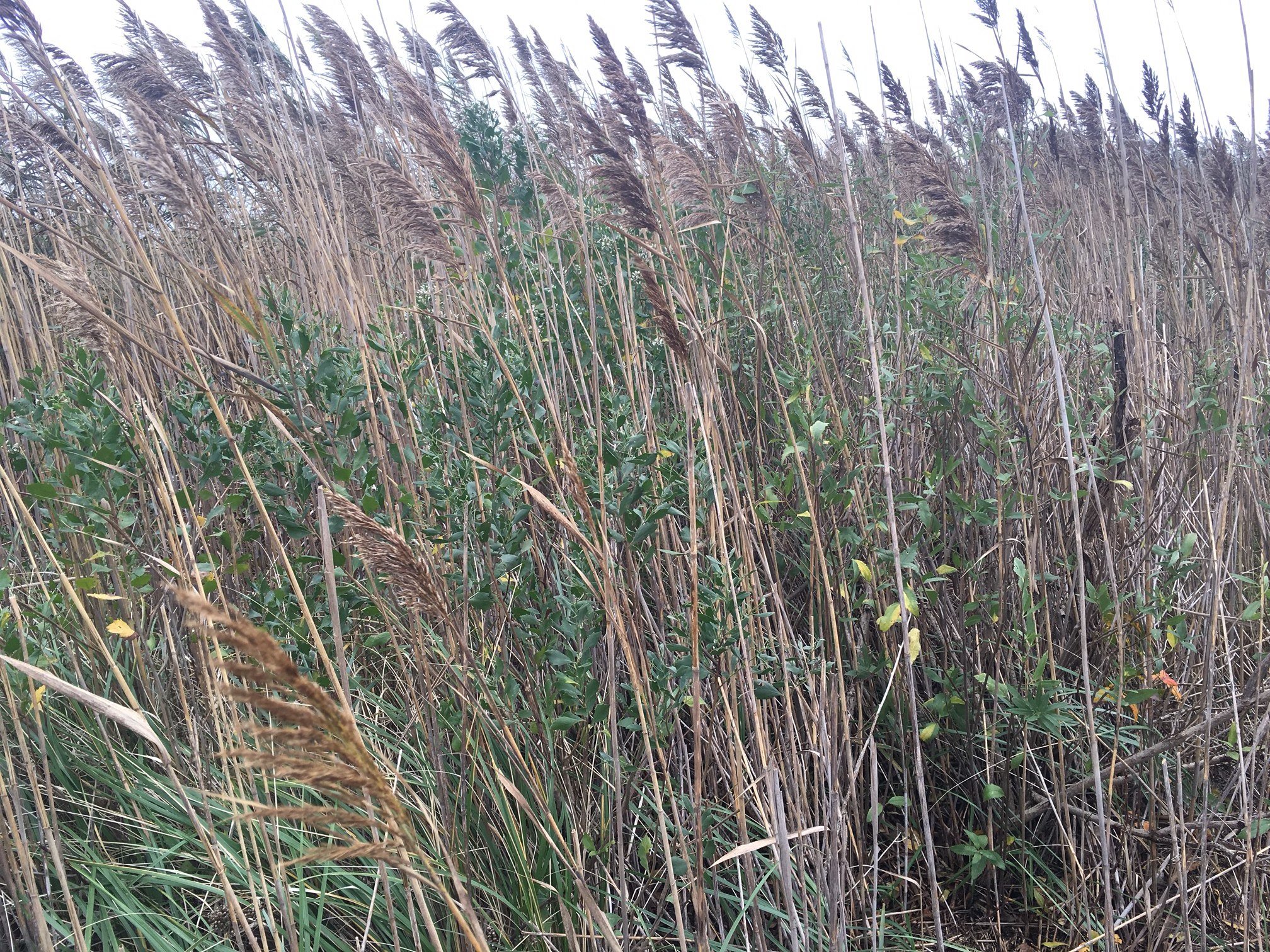

you have to remember that this was the east hampton of the late 1950s and early 1960s. i remember riding my bike down the middle of main street on a saturday morning and there was no one around. no one. somewhere a dog barked. a newspaper blew across the road. the shops were all locally owned. marley’s five and dime. white’s drug store. the cabana. the bike shop. east hampton and, for that matter, all of the east end, was still a quaint, undiscovered, gracious place with elegant, shingled houses that sprawled like wealthy grandmothers across verdant lawns behind beautiful hedges.
certainly it was not the scene it has now become. today, main street is rodeo drive east. the elegant old homes are being upgraded and replaced with a generation of mine’s-bigger-than-yours hedge fund castles. conspicuous consumption, big deals, stretch limos, endless celebrities and never ending cocktail parties have become the 24/7 norm.
anyway. back then, it was quiet. we lived on our bikes. we went to the beach. we went to the bay. we went to the towering, wind-swept dunes and a wild spit of land between the ocean and gardiner’s bay called napeague. we went to montauk to see the lighthouse and the whaling museum.
we had sand in our shoes and shells in our pockets.
you could always hear the ocean. you might have to stop and really listen, but you could always hear it. and smell it. it was always in the air. and it curled everyone’s hair. we all got sunburned.
we wandered the potato fields. explored old barns. built forts. the dean brothers and i used to row across hook pond to the “gut” which was a big excavation at the beach designed to control the water levels in the pond. we camped out atop giant mounds of sand and earth pressed against the night sky. we made fires of driftwood. roasted marshmallows and stayed up all night telling ghost stories and terrible naughty 12-year old jokes.
at the time, it was just my normal, but now, it seems like it was indeed a charmed existence and it had a lasting and profound effect on me.
i carry it everywhere.
so there is always that. for the most part, the rest of it is about the mystery and magical power of color. it triggers strong emotions and associations. and one of the things i love most about it is that no two people respond to it the same way. to me paintings are all about the expressive potential of color to evoke powerful, unpredictable reactions. these reactions can migrate and evolve through different moods. at first blush, one might take offense or even be shocked by some color combinations only to become best friends later. it reveals our fears and our desires. our longing for perhaps another level of experience. it takes us to places we may have forgotten and recognize anew. things get really interesting for me when i push past my comfort zone and look for colors that don't come naturally to me. the potential here is the razor's edge between incredible revelation and complete failure – which, in the end, is only another doorway to the next possibility.
in this way, i believe great paintings are experiences unto themselves. they don't need anything. no reference point. no "subject." no context. the best ones are encountered in the way we encounter nature. sudden. surprising. pure. paintings are felt through the eyes. and if one is lucky and the magic is at work, the eyes connect to the heart. and then to the soul and one is forever changed however subtly. in the end, there is something mysterious about the best paintings. we are drawn back to to them without knowing why. they disclose their secrets over time and seem to reflect back to us some internal condition or reality. this of course is just my opinion and my experience. there are so many ways to get to "art." i tend to like all of it.
some of the other things that inform my work have to do with contrasts. hot vs. cold. light vs. dark. hard vs. soft. thick vs. thin. one of the more interesting of these polarities is the natural, wild world, vs. the linear, logical man-made one. in this sense, architecture for some odd reason has always drawn my attention. here’s an example: my wife and i had occasion to visit the island nation of malta last summer. i knew malta as a one-time british protectorate of some sort (i collected stamps). but we were pleasantly surprised and delighted with our visits to gozo and especially the capital valletta. strolling the streets of the old fortress city of valletta (the most bombed place in WW2), i became entranced with some of the front doors. set into very old, stone and masonry structures of grand proportion, these doors are painted brilliant colors that capture and reflect the magic of malta’s mediterranean light. these doors got into my head. their color. their solidity. their permanence. the mystery of what might be behind them. the stories they could tell.
doors and doorways. windows, too. a door or a window and how you might look through them at any given moment, frames a slice of the world. a glimpse of a partial reality. another aspect of this is the fascination i've always had with looking down at the so-called fly-over states from 30,000 feet. the composition of roadways, fields, irrigation patterns, crop rotation has always drawn my attention. the measured geometry and logic of cultivated fields interrupted by a random, twisting, meandering river. another contrast.
(doors of valletta, street glimpses, the view from 30,000')
so it’s stuff like that that seems to catch my attention.
as far as influences go, i grew up in n.y.c. and long island at a time when abstract expressionism had blown up the art world. pollock. de kooning. kline. rothko. these guys were my heroes. and i guess it will come as no great surprise to anybody who cares about this kind of thing that hans hoffmann has had a huge impact on me. the whole push-pull thing he developed for shifting planes of color in space is really a brilliant thing that continues to engage me. matisse. nicolas de stael, joan mitchell, sean sculley, alfred leslie, cy twombly, and the great english artist, john hoyland have all contributed to my d.n.a.
(hans hoffmann, alfred leslie, john hoyland, nicolas de stael, sean sculley)
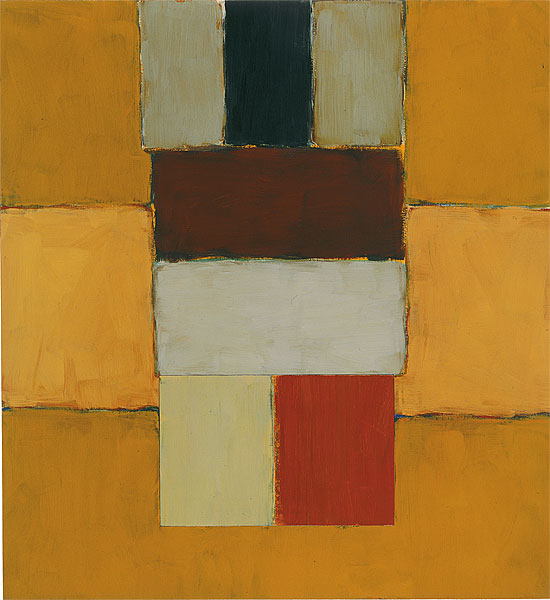
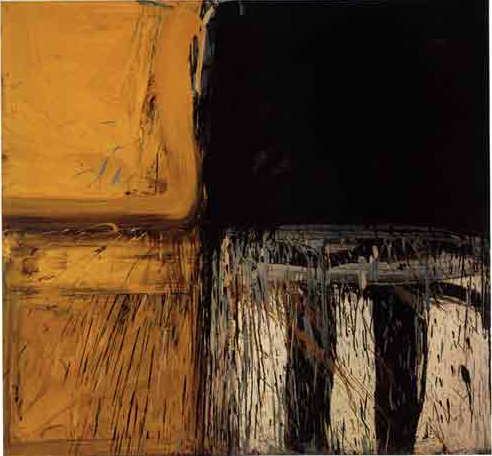
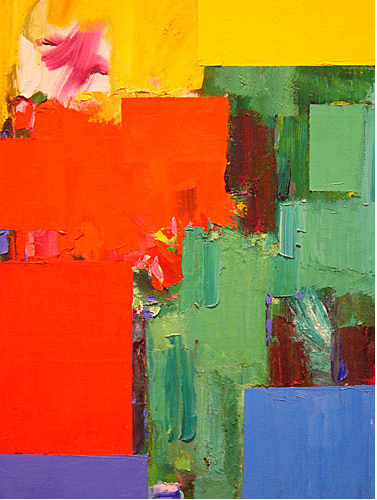
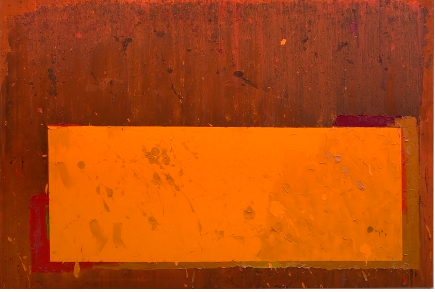
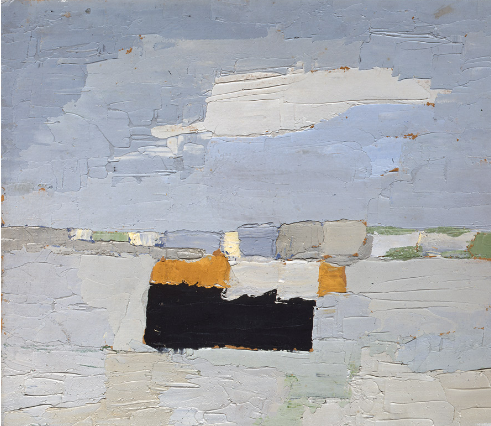
finally, i’d be remiss if i didn’t mention the late robert s. neuman. i met bob when i was a sophomore at harvard and he was teaching at the carpenter center for the visual arts. he was one of the few instructors there who was also a real artist making real paintings that were absolutely dazzling in their range, daring and generosity. i took three years of independent studies with him and hung around his studio out in waltham. the year i graduated was also the year bob became chairman of a small fledgling art department at keene state college in keene, n.h. and he hired me as a junior instructor to help teach basic design, drawing and printmaking. the three years i spent in keene gave me the time and wherewithal to start sorting myself out as a painter. and maybe a little bit as a person.
my friends bernie, george, and later robbie and i were all students and big fans of bob's. we got a huge kick out of his work. we were under his spell. we used to have dinner with him in our dorm room. lasagna heated up on a hot plate. we'd drink wine, look at each other's work and discuss into the night.
you always knew bob was on his way. he was a mad whistler and you could hear him coming a block away.
he gave me a lot. mostly because he believed in what i was trying to do even though i didn't really understand it myself. i owe him an enormous debt of gratitude.
















